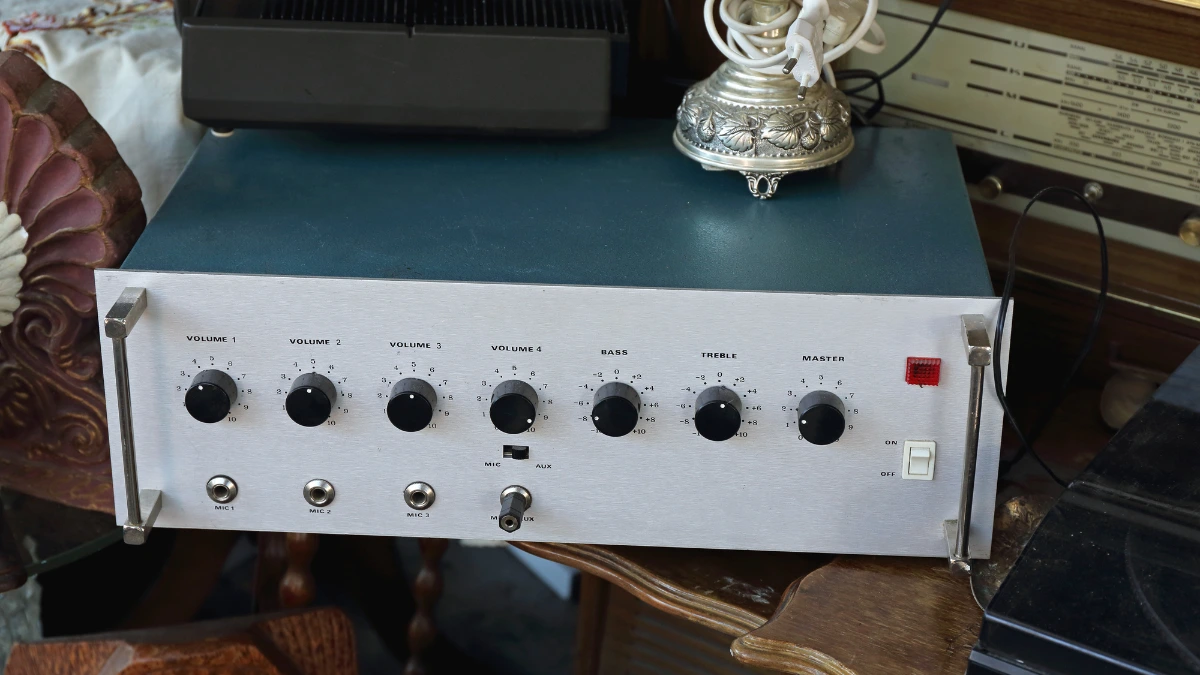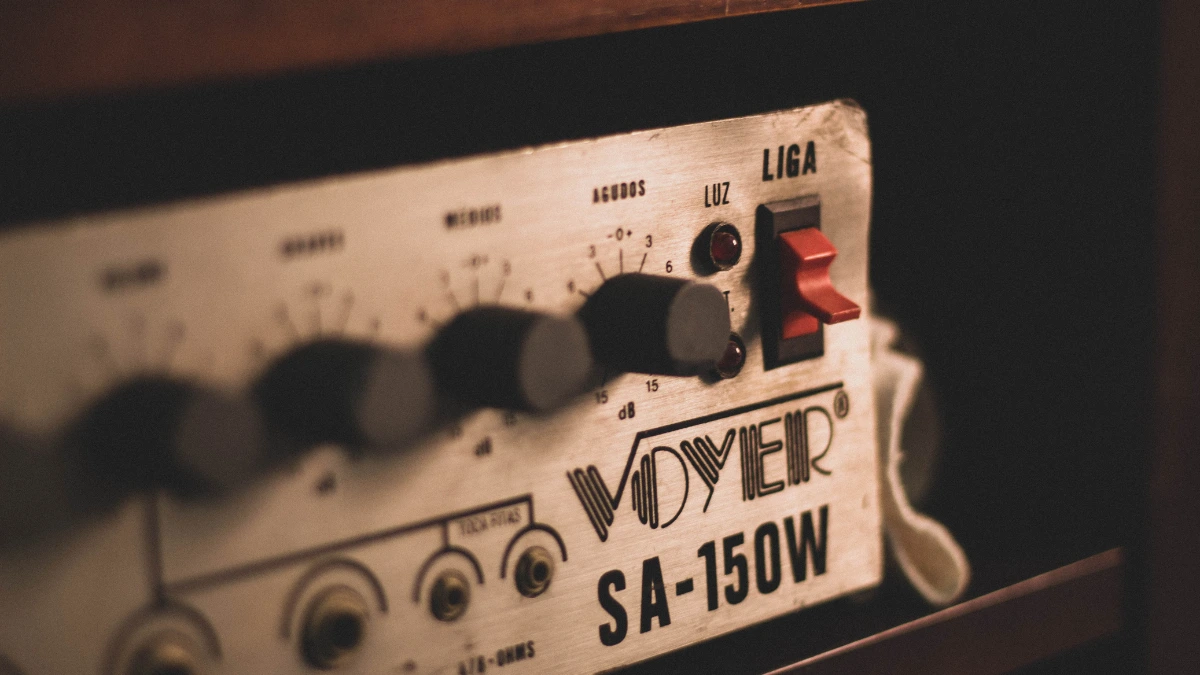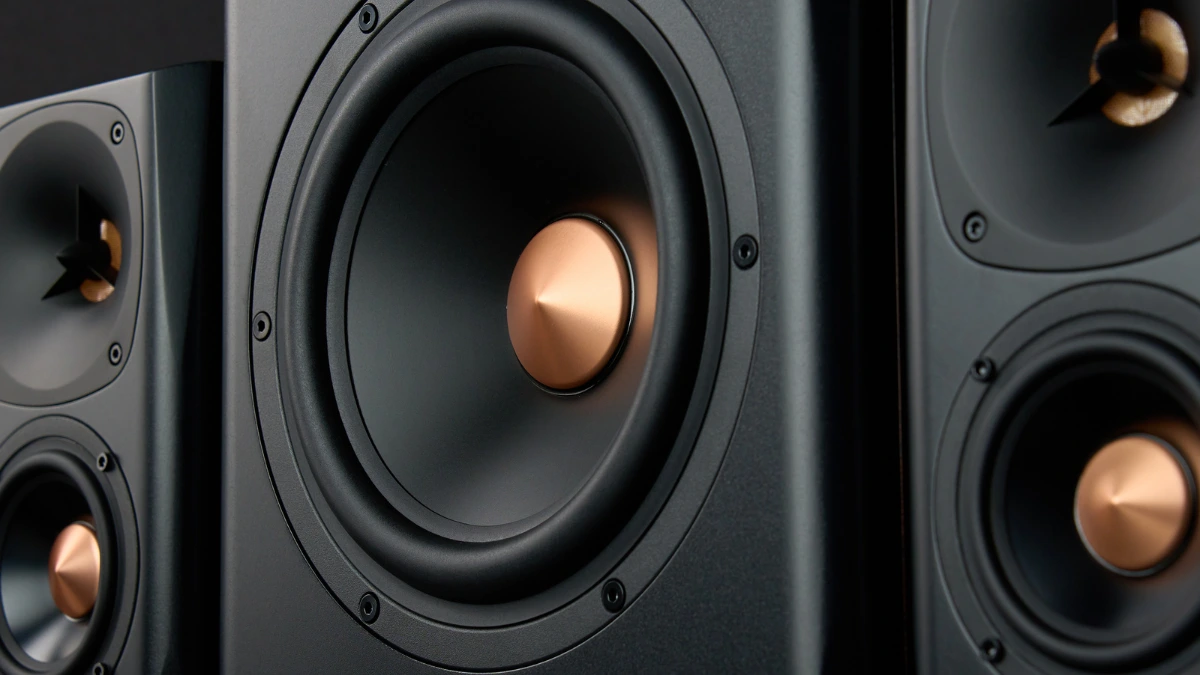The presence of an amplifier provides the ability to amplify the input signal and audio. One type of amplifier is a power amplifier, which offers several key functions and advantages..
The functions of a power amplifier include amplifying the signal, improving sound quality, and producing louder sound. Moreover, the advantages include being capable of driving speakers and subwoofers, lightening the load on the head unit, and providing power for additional speakers.
This article will give you information on power amplifiers, including their functions, types, and the advantages they have.
What is a Power Amplifier?

A power amplifier is a type of device that amplifies audio signals. This device is usually paired with a separate preamplifier for professional or large-scale systems.
Power amplifiers are often used in speakers for homes, cars, stages, and professional sound system installations for concerts, recording studios, and large events.
The Functions of a Power Amplifier
The power amplifier has several functions, from amplifying the signal, improving sound quality and producing louder sound. Here are the functions in detail:
- Amplify the signal: The audio signal is amplified to strengthen the sound coming out of the speakers.
- Improve sound quality: Reduce distortion and improve sound clarity for a better music listening experience.
- Produce louder sound: Power amplifiers provide more power to support speakers in producing high-volume sound.
The Types of a Power Amplifier

There are several types of power amplifiers designed for some need. Here are some types that are commonly used:
- Stand-alone Amplifier: Used with a mixer to amplify the signal before it is sent to the speakers.
- Power Mixer: A mixer that has a built-in amplifier to simplify the system.
- Power Speaker (Active Speaker): A speaker that has a built-in amplifier.
The types of power amplifiers are also defined in some classes, such as:
- Class A: Produces high sound quality but is power-hungry and heats up quickly. Usually used in audiophile devices.
- Class B: More power efficient than Class A, but prone to distortion at low signal levels.
- Class AB: Combines the advantages of Class A and B. Suitable for professional use because it balances efficiency and quality.
- Class D: Most efficient, lightweight, and cool. Suitable for portable speakers, car amplifiers, and large PA (Public Address) systems.
The Advantages of a Power Amplifier
The power amplifier has several advantages, from being capable of driving speakers and subwoofers, lightening the load on the head unit, and providing power for additional speakers. Here are some of its main advantages in detail:
Capable of driving speakers and subwoofers

One of the advantages of a power amplifier is its ability to drive speakers and subwoofers that require significant power. The device will enable the speakers to work optimally in producing powerful bass from the subwoofer by providing sufficient power.
Lightens the load on the head unit
Another advantage of this amplifier is its ability to lighten the load on the head unit. The signal amplification task of the head unit can be transferred to the power amplifier, so that it does not have to work too hard. This amplifier's capability also has an impact on the overall increased efficiency of the system.
Providing power for additional speakers
Another advantage of a power amplifier is its ability to provide power for additional speakers. This amplifier can distribute sufficient power to each component in a complex audio system with multiple speakers. The device will ensure that all speakers function properly.
Conclusion
Those are the definitions, functions, types, and advantages of the power amplifier that you need to know.
This type of amplifier is capable of driving speakers and subwoofers, lightening the load on the head unit, and providing power for additional speakers.
With this device, you can enjoy a strong signal, improved sound quality, and louder sound.